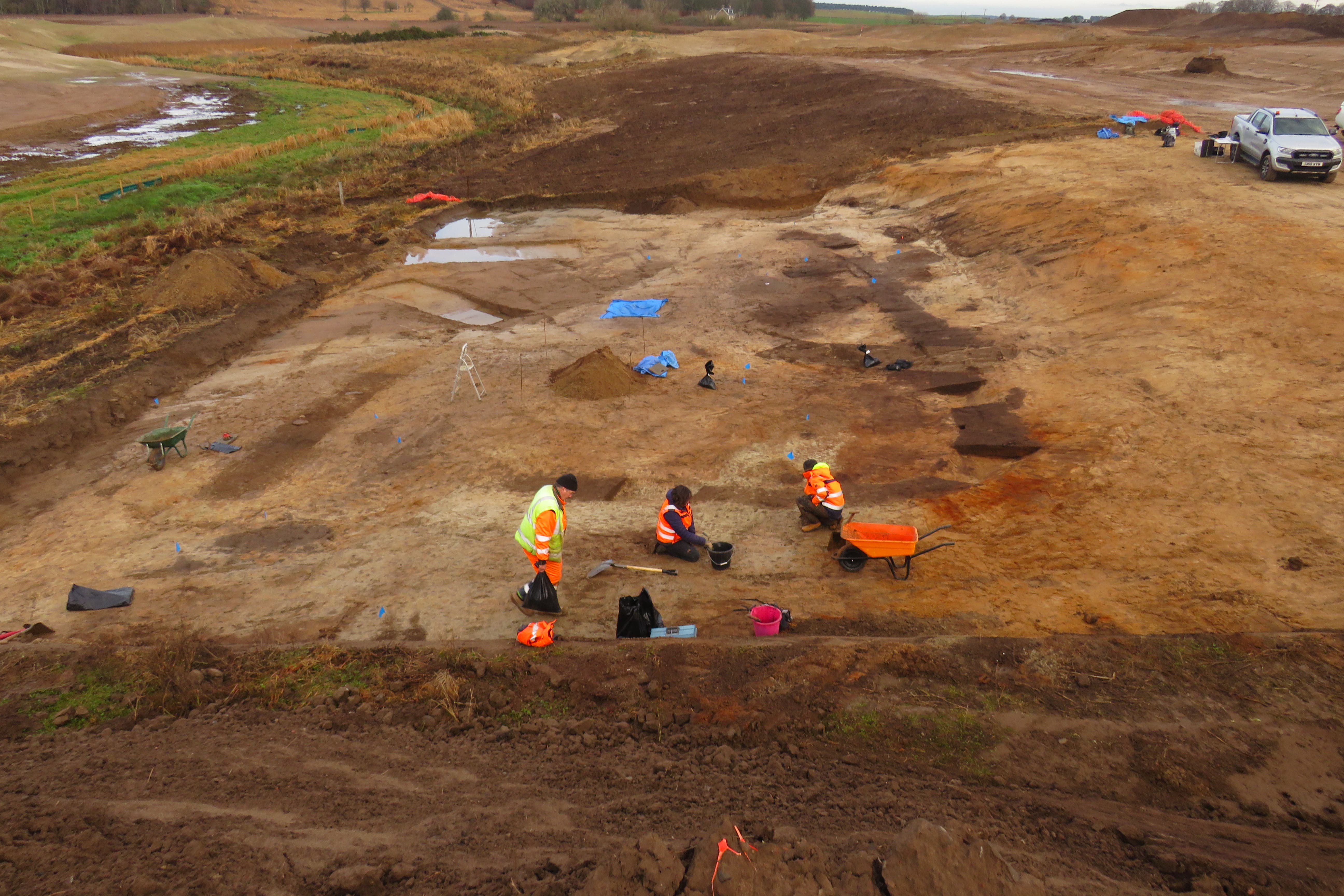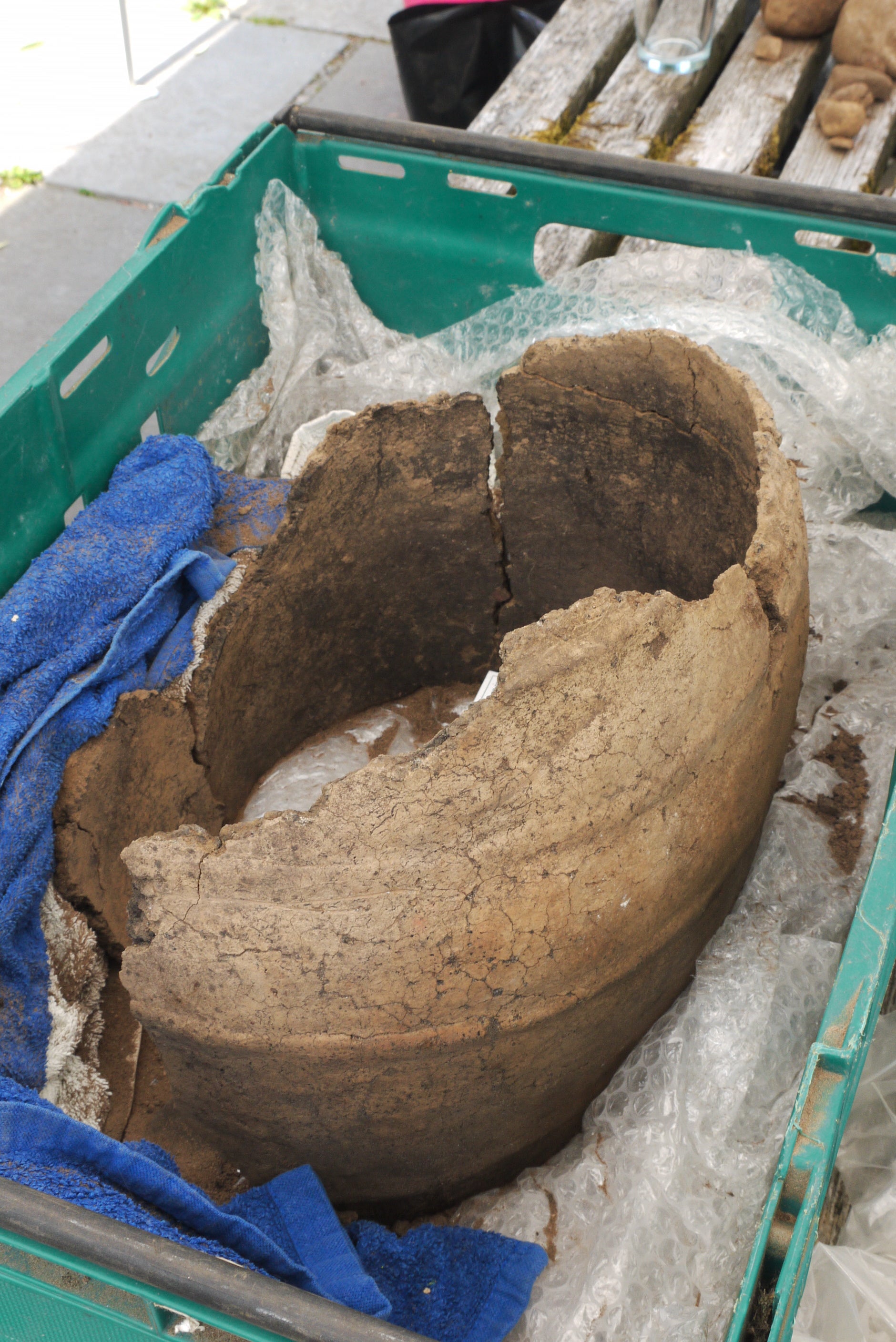
Archaeologists in the Scottish Highlands have unearthed a treasure trove of historical artifacts spanning millennia, including a chariot wheel and a 3,500-year-old Bronze Age cremation urn.
The discoveries were made during excavations at the site of the Old Petty Championship Golf Course under development at Cabot, near Inverness.
The site has proven to be a rich tapestry of history, revealing remnants of Neolithic wooden buildings, offering a glimpse into the lives of some of Scotland's earliest inhabitants. Further adding to the historical significance of the site, archaeologists also uncovered a prehistoric ceremonial circle, hinting at ancient rituals and beliefs.
The finds extend beyond prehistory, with evidence also emerging from medieval times. Excavations revealed traces of medieval field systems and grain-drying kilns, providing insights into the agricultural practices of the period. The discovery of the ancient chariot wheel adds another layer of intrigue to the site's history, raising questions about its use and the peo
The excavations, conducted by Avon Archaeology Highland, discovered around 25 prehistoric buildings, complete with flint tools and quern stones.
Excavators say the findings help paint a picture of ancient life in the Highlands, from ceremonial practices to agricultural innovation, between the Middle Ages and 6,000 years ago.

Stuart McColm, vice-president of the golf development at Cabot, said: “This has been a remarkable journey from pre-historic times to the present, right here on our doorstep. It’s humbling to think that our new championship course, Old Petty, will rest on such historically rich ground.
“We’re proud to preserve this heritage while creating a world-class golf experience.”
Measures have been put in place to preserve the artefacts, with the ceremonial circle having been carefully reburied.

Andy Young, principal archaeologist at Avon Archaeology Highland, said: “Always happy to see new archaeology emerge from the ground but some of the discoveries we have made, particularly relating to early Neolithic settlement and later prehistoric ceremonial/funerary activity, are properly exceptional.”
Asked which part of the discovery he believes is most important, he added: “Depends somewhat on your particular heritage interests, but I guess the discovery of the ceremonial/funerary prehistoric palisade circle, inside of which was a cremation pit containing the remains of a chariot wheel – not all the chariots were in East Yorkshire, it seems.”
The findings are due to be radiocarbon-dated sometime in 2025, coinciding with the opening of the golf course.







